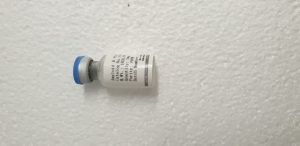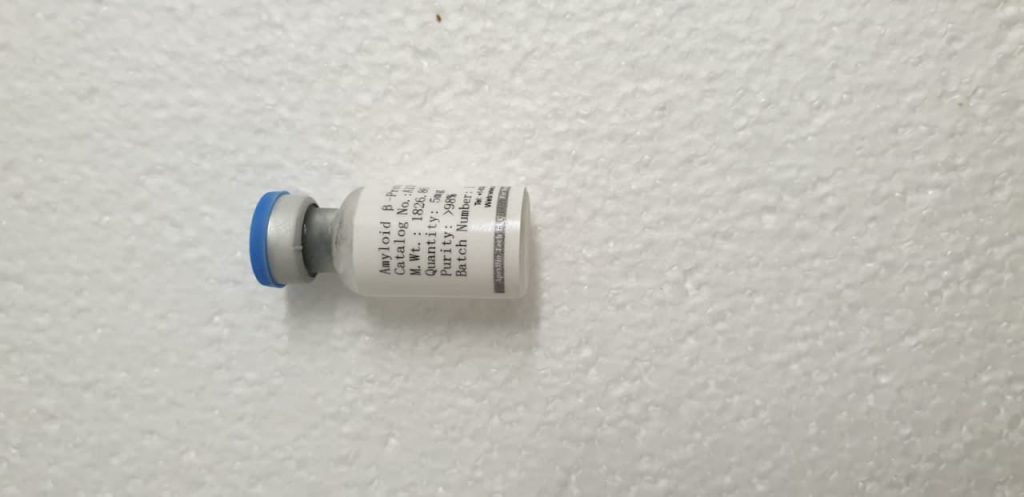he widespread adoption of endovascular remedy (EVT) for emergent giant vessel occlusion has led to elevated nationwide demand for neuro-interventionalists, heightened curiosity amongst Neurology residents to pursue neuro-intervention (NI) as a profession, and elevated significance of NI publicity for all Neurologists who take care of sufferers with AIS. Currently, publicity to NI and its profession path will not be well-defined for Neurology trainees.
The Society for Vascular and Interventional Neurology (SVIN) Education Committee performed a multi-center digital survey directed in the direction of Neurology residents, Vascular Neurology (VN), Neuro-critical care (NCC) and NI fellows in June 2018. Two hundred fifty packages have been invited to take part; 76 trainees accomplished the survey. In this survey, respondents recognized lack of publicity to NI and a well-defined coaching pathway as obstacles in the direction of pursuing NI as a profession. These obstacles have to be addressed for the continued growth of NI as a sub-specialty of Neurology.
Respondents self-identified as 22% postgraduate yr (PGY)-2, 40% PGY-3/4, 30% VN fellows, and eight% NI or NCC fellows. Eighty-seven % of trainees had better than 2 months publicity to VN throughout residency, 41% to NCC and solely 3% to NI. Sixty-eight % of respondents had no publicity to NI throughout residency. While 72% felt that a background in Neurology was good preparation for NI, solely 41% agreed that friendship coaching pathway in NI is nicely structured for Neurology residents when in comparison with different sub-specialties.
Status of Clinical Research in Neurology in Germany – A National Survey
German college, non-university hospitals and neurological medical practices have been surveyed relating to their medical analysis actions in the interval from 2013 – 2017. 50% of college hospitals, 10.6% of non-university hospitals and 5.2% of medical practices in Germany responded to our questionnaire. More than 80% of the medical research performed have been part III/IV and non-interventional trials (NIS) whereas lower than 1% have been part I and three.5% investigator-initiated trials (IIT).
University hospitals have performed many of the part II-IV trials. NIS have been predominantly carried out by medical practices. 56% of the college hospitals and fewer of the non-university establishments confirmed the implementation of normal working procedures (SOP). In college hospitals, on common, eleven physicians had acquired a good medical follow certificates. Overall, 43% of all trials have been carried out in neuroimmunology. This survey assessed many facets of medical analysis and serves as a steerage to supply concepts for a structured enchancment of medical analysis in neurology in Germany.
The standing of medical analysis in neurology in Germany is predominated by NIS and late part trials, probably as a consequence of a basic lack of simply accessible funding, which results in a extremely aggressive setting and fewer alternatives to carry out early part medical trials in addition to IIT. Our outcomes point out that there’s substantial want for a structured assist for creating and implementing SOPs to keep up high quality requirements and assure uniformity of efficiency.
The previous a long time have seen a transformational shift in the understanding and therapy for neurological illnesses affecting infants and youngsters. These advances have been pushed in half by the pediatric neurology physician-scientist workforce and its efforts. However, pediatric neurology analysis faces important challenges from inner and exterior forces together with work-life steadiness calls for, COVID-19 pandemic results, and analysis funding. Understanding the affect of those challenges on the perceptions, planning, and careers of pediatric neurology physician-scientists is required to information the analysis mission.
Reducing Events of Noncompliance in Neurology Human Subjects Research: the Effect of Human Subjects Research Protection Training and Site Initiation Visits
In an effort to reduce protocol noncompliance in neurological analysis research that may probably compromise affected person security, delay completion of the examine, and consequence in untimely termination and added prices, we decided the impact of investigator trainings and web site initiation visits (SIVs) on the incidence of noncompliance occasions. Results of protocol audits performed on the National Institute of Neurological Disorders and Stroke from 2003 to 2019 on 97 analysis protocols have been retrospectively analyzed.
Based on the depth of auditing and provision of investigator analysis coaching, audit information have been separated into 4 arms: 1) Early Period, 2003 to 2012; 2) Middle Period, 2013 to 2016; and Late Period, 2017 to 2019, additional divided into 3) Late Period with out SIVs; and 4) Late Period with SIVs. Events of noncompliance have been categorised by the kind of protocol deviation, the class, and the trigger. In whole, 952 occasions occurred throughout 1080 contributors.
Protocols audited through the Middle Period, in comparison with the Early Period, confirmed a lower in the proportion of protocols with at the very least 1 noncompliance occasion. Protocols with SIVs had a additional lower in main, minor, procedural, eligibility, and coverage occasions. Additionally, protocols audited through the Early Period had on common 0.46 main deviations per participant, in comparison with 0.26 occasions in protocols audited through the Middle Period, and 0.08 occasions in protocols audited through the Late Period with SIVs.
[Linking template=”default” type=”products” search=”MacConkey Agar Medium” header=”1″ limit=”130″ start=”3″ showCatalogNumber=”true” showSize=”true” showSupplier=”true” showPrice=”true” showDescription=”true” showAdditionalInformation=”true” showImage=”true” showSchemaMarkup=”true” imageWidth=”” imageHeight=””]
One hundred fifty-one people responded to the survey. Most respondents have been grant investigators (52%) and performed medical analysis (69%). Research areas included epilepsy (23%), neurodevelopmental and autism (16%), neurocritical care and stroke (11%), neurogenetics and neurometabolics (9%), neonatal neurology (8%), and others. The commonest funding supply was the National Institutes of Health (37%). Shared main analysis issues have been funding, utilization of distant know-how, overcoming disparities, pure historical past and multicenter research, world neurology, and diversification of the analysis portfolio. Commitment to persevering with and growing analysis efforts was evident.


